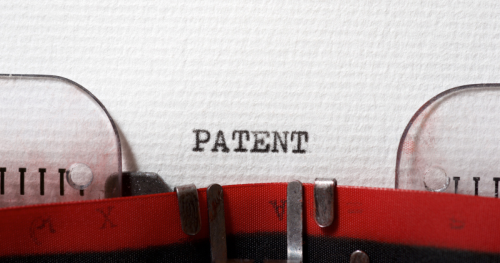 This article is part of the UPC series. It focuses on the provisions of the Rules of Procedure of the Unified Patent Court (“RoP”) dealing with the protection of confidential information during proceedings before the UPC.
This article is part of the UPC series. It focuses on the provisions of the Rules of Procedure of the Unified Patent Court (“RoP”) dealing with the protection of confidential information during proceedings before the UPC.
Italian IP Code, EPC and RoPs on patent limitations
Applications to amend a patent are well-known last-resort remedies used by challenged patent owners to save their patent from being declared invalid by a patent office or a court. They consist of a request to amend the claims of the patent, provided that the amendment does not extend the scope of the patent. In Italy, prior to the 2010 reform, such requests could – by law – only be filed at the Italian Patent and Trademark Office and could not be granted by the Office pending a court nullity proceeding. Today, Article 79.3 of the Industrial Property Code (IP Code) expressly allows such applications to be filed before the judge, stating that “Within the framework of an invalidity proceeding, the patentee may, at any stage and at any level of such proceeding, file a request for amendment of the patent claims, provided that such amendment is within the limits of the content of the patent application and does not extend the scope of protection of the patent“. This Section is consistent with Section 138 (3) of the European Patent Convention (EPC).
Looking at the Rules of Procedure of the Unified Patent Court (RoPs), we find that requests for limitation of the patent are governed by Rules 30 and 50(2) RoPs which – in a nutshell – state that requests for amendment of the patent: (i) must comply with the rules of the EPC (i.e. they cannot extend the protection of the patent); (ii) may be included in the defence to a counterclaim for revocation by the patent proprietor (i.e. in the first defence against revocation); and (iii) if one or more subsequent requests are filed at a later stage (after the said first defence), they should only be allowed with the permission of the court[1].
Interestingly, the decision for comment (order of the Paris Central Division in revocation action UPC_CFI_255/2023 of 27 February 2024) focused on this last point (iii) and set some very first case law on the content and scope of the discretion of the courts to admit subsequent patent limitations at later stages of the proceedings.
The Paris Central Division order
In the case at stake the patentee, having duly filed a first request for amendment of its patent in its defence against revocation, filed a second request for amendment of the patent in the next pleading (i.e. the rejoinder to the plaintiffs’ reply to the request for amendment). The patentee argued that the second request should be considered as a mere amendment of the first request). Naturally, the plaintiff objected to the admissibility of the subsequent application. The Court ruled that
- any request to amend the patent that comes after the first one, whether proposed in a completely new version or as an amend of a previous amend, is a “subsequent” request and thus falls under Rule 30 (2) RoP;
- applications to amend the patent can be filed even after the deadline of the first defensive brief but the Court has discretionary powers to admit it, which have to be enforced by observing the principles of proportionality, flexibility, fairness and equity;
- the courts have to take into account the fact that – on the one hand – a subsequent request to amend the patent may lead to a more efficient proceedings (narrowing the subject-matter and simplifying the procedural activities) and to a proper safeguard of the interest of the patent proprietor in controlling the scope of protection of its exclusive rights. However, on the other hand, subsequent requests may affect the purpose of delivering an expeditious decision, forcing an extension of the time of the written procedure hence undermining other parties’ right of defense;
- the patent proprietor must provide a justification of its request to be assessed by the Court under the above principles.
In the case before the Central Division, the Court found that the grounds put forward by the proprietor were not sufficient to support the subsequent amendment (i.e. the party claimed that the subsequent request was based on a question of consistency with a parallel pending proceeding). Finally, the Court found that the principle of procedural economy could be seriously undermined by the filing of multiple requests for amendment of the patent, as they would lead to an extension of the duration of the proceedings.
Thoughts
Although we cannot predict whether the UPC case-law will consolidate under this approach, it is interesting to see the very first order on this argument, which has rarely been faced on a national level either. It appears to us that the UPC takes into valuable account the Court ability to provide expeditious proceedings, thus striking a balance in favor of the plaintiff in revocation and making it harder for the patent owner to file subsequent limitations to amend the patent – but for when the latter is able to strongly substantiate its proposed amendments.
We will wait and see whether the UPC case law will be able to contaminate the national approach, or whether this will be a further detail to consider when choice of forum is still an option.
[1] Indeed, for the sake of completeness, we note that – by jointly reading Rules 30 (2) and 50 (2) RoP – it appears that admissibility check might apply to all patent limitation requests. Rule 50 (2), governing applications to amend the patent contained in the defence to revocation sets forth that “Rule 30.2 shall apply”.


